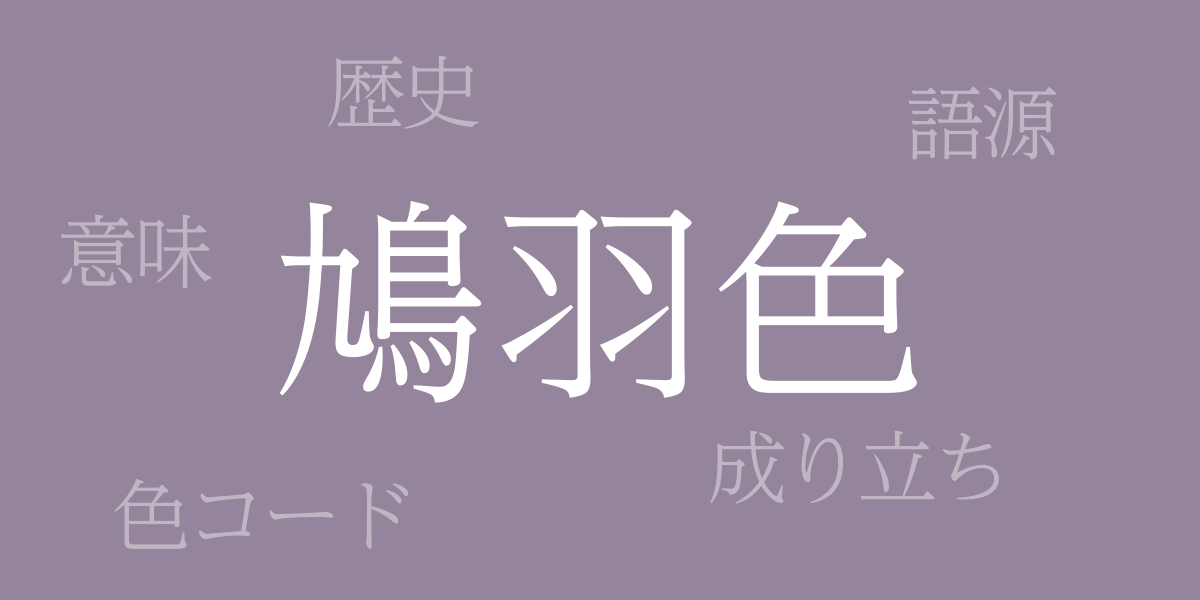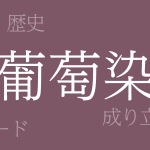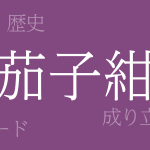Color is a mirror of culture, and the Japanese traditional color “Hatobairo (鳩羽色 – はとばいろ)” reflects its deep history and aesthetic sensibility. This color, harmonizing with nature and symbolizing the emotions of the Japanese people, continues to be cherished in the worlds of fashion, design, and art. This article delves into the allure of Hatobairo, exploring its history, color code, and Western name.
About Hatobairo (鳩羽色 – はとばいろ)
Hatobairo (鳩羽色 – はとばいろ), one of Japan’s traditional colors, is a calm, dark shade of purple. Its name is derived from the hue resembling that of a dove’s feathers, known for its elegance and serene impression. In Japan, it has been used in clothing and everyday items from ancient times, appreciated for its unique texture.
The History of Hatobairo
Hatobairo has been favored in the aristocratic society since the Heian period, with a history spanning over a thousand years. It frequently appears in classical literature, where it established its status as a noble color. In the Edo period, it became popular among the common people, and as dyeing techniques evolved, Hatobairo remained beloved by many.
Hatobairo Color Code
When recreating Hatobairo in digital designs or web designs, the following color codes are used:
- HEX: #95859C
- RGB: R:149 G:133 B:156
- CMYK: C:49 M:50 Y:28 K:0
Western Name for Hatobairo
The Western equivalent for Hatobairo is often called “Pigeon Gray,” though this does not fully capture the unique nuances of the color. Internationally, Hatobairo is sometimes referred to as “Japanese Purple.”
Conclusion on Hatobairo
As a Japanese traditional color, Hatobairo is still loved today for its historical depth and significance. It can be represented in digital and print formats using its color code, and is known internationally as “Japanese Purple.” The quiet and serene beauty of this color continues to demonstrate its value across various design fields in the modern era.

























